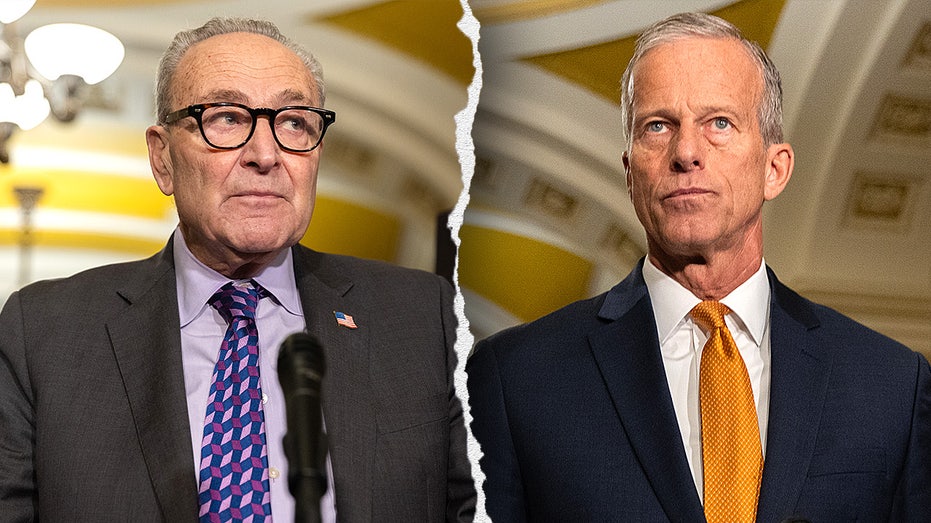A fragile hope flickers on Capitol Hill. Senate Republicans are cautiously optimistic that a critical mass of Democrats might break ranks and help overcome a filibuster, paving the way for a vote to temporarily fund the government and avert a looming shutdown.
The proposed measure isn’t a long-term solution, but a calculated gamble: funding through January, alongside vital departments like Agriculture and Veterans Affairs, and extending congressional authorization until the end of 2026. The key now rests on persuading enough Democrats to cross the aisle.
Sixty votes are needed to break the filibuster, and the clock is ticking. A vote could happen as soon as tomorrow if Republicans can secure the necessary support, but a significant obstacle remains – the future of Affordable Care Act subsidies.
Democrats are deeply concerned about rapidly increasing healthcare premiums and are seeking assurances. One source close to the negotiations described their position as searching for “an off-ramp,” a way to avoid a shutdown without abandoning their constituents facing rising costs.
Beyond policy, practical concerns are also weighing on Democratic minds. The potential for widespread air traffic control disruptions and flight delays is a major factor, adding urgency to the search for a compromise.
Senate GOP leaders are hesitant to force a vote without a firm commitment to break the filibuster. A failed procedural vote would be a damaging setback, potentially trapping both parties in a political dead end.
A deal struck without addressing healthcare concerns would represent a significant concession by Democrats, potentially alienating their progressive base and challenging the leadership of Senator Schumer. However, it would also be the first concrete step toward reopening the government.
If enough Democrats agree, a test vote could occur as early as Saturday night. While procedural rules typically dictate a final vote wouldn’t happen until Monday or Tuesday, there’s a possibility Democrats could expedite the process by yielding time.
Even if the Senate approves the deal, the path isn’t clear. The House of Representatives’ stance remains uncertain, and they won’t even consider the legislation until mid-next week at the earliest.
Should both chambers ultimately align, the government would reopen – offering a temporary reprieve, a few months of stability in a climate of intense political uncertainty. But the underlying issues remain, waiting to ignite the next showdown.





